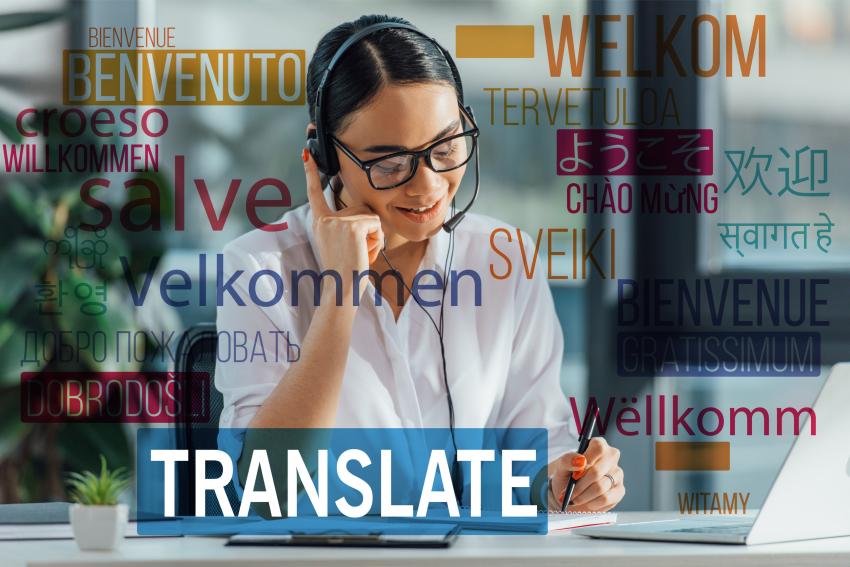The relationship between translators and translation agencies

The world of professional translation is built on a delicate balance between freelance translators and translation agencies. Both play a key role in ensuring that all kinds of content, such as technical texts, are properly adapted to different languages and cultures. However, many are unaware of how the collaboration between freelance translators and agencies actually works. In this article, we will explore the roles of freelance translators and translation agencies and how they deal with potential challenges in their professional relationship. We will conclude with some tips for establishing a long-lasting and mutually rewarding partnership.
Índice de contenidos
Index of contents
Index du contenu
Inhaltsverzeichnis
Indice dei contenuti
Freelance translators: independence is the key
The role of freelance translators is one of the most common in the industry. They are professionals who work independently, without being tied by an employment contract to a single company. One of the main strengths of freelance translators lies in their independence: they're free to choose their own clients, set their rates and deadlines, and specialise in fields such as medicine, technology, and marketing.
Working as a freelance translator also means being able to establish a direct relationship with the client. This helps them gain a better understanding of their needs and, in turn, offer a customised service. However, this freedom is not without its challenges. Freelance translators must handle all aspects of their work, from promoting their services and managing invoices, to meeting deadlines and reviewing texts. Furthermore, in an increasingly competitive market, it is essential to keep abreast of computer-assisted (CAT) tools and terminology management platforms. This is the only way for freelance translators to ensure efficiency and terminological consistency in their projects.
Translation agencies: organisation, technology, and quality on a large scale
A translation agency, also known as a language service provider (LSP), connects clients who need translations with the professionals who can deliver them. It acts as an intermediary between translators and third parties who need translation services. Translation agencies may employ in-house translators or work with external translators. In fact, nowadays it is increasingly common for translation agencies to be composed mainly of project managers and marketing or sales managers. This structure allows agencies to work with great flexibility, as they can choose the freelance translator who best fits both the general and specific characteristics of the translation project in question. Let's take a quick look at how the workflow of a translation agency is structured.
- Project analysis and budgeting: the text is evaluated based on the language combination, difficulty, and delivery deadline.
- Work assignment: the project manager selects the most suitable translator according to the type of text, the field, the translator's area of specialisation, and their experience.
- Translation and review: most translation agencies translate using a trained AI model. After translation, the text must go through a post-editing phase, followed by one or more quality assurance (QA) phases.
- Delivery and feedback: the agency ensures delivery within the agreed times and manages possible change requests.
Modern translation agencies operate with advanced technologies, including translation management systems (TMS), translation memories, and shared glossaries to ensure consistency across projects. Just like our translation agency, additional services such as localisation and multilingual desktop publishing (DTP) may also be provided, which freelance translators generally cannot handle alone.
Today, agencies are rapidly adapting to technological transformations. According to ELIS 2025, over 50% of European translation agencies already use machine translation (MT) or AI in their workflows, and around 65% report that this change has directly contributed to lower pricing.
Choosing an agency means relying on an organised structure that can manage large volumes, multilingual projects, and tight deadlines, all while ensuring quality and stylistic uniformity.
Disagreements between translators and agencies
As in any professional relationship, misunderstandings or disagreements can also arise between translators and translation agencies as a result of mismatched expectations, unclear communication, missed deadlines, and much more. The solution? Prioritise transparency and dialogue and define conditions, rates, delivery deadlines, and payment methods from the very outset.
Freelance translators should always maintain a professional attitude, respect deadlines, and accept constructive feedback as an opportunity for improvement. Agencies, on the other hand, should strive to communicate clearly, offer fair compensation, and promote a relationship based on mutual respect.
Building a relationship of trust is the key to a long-lasting collaboration. An agency that recognises the value of its translators is more likely to foster loyalty, while a reliable translator becomes a valuable, long-term asset.

For those seeking translation services, working with an agency ensures a controlled process and consistent quality over time. A good starting point to discover how such a collaboration works is to visit our website, AbroadLink: we are a translation agency specialised in different fields. If you wish to request a quote, complete the Express Quote form to receive a personalised proposal.
Other articles you may be interested in:




Add new comment